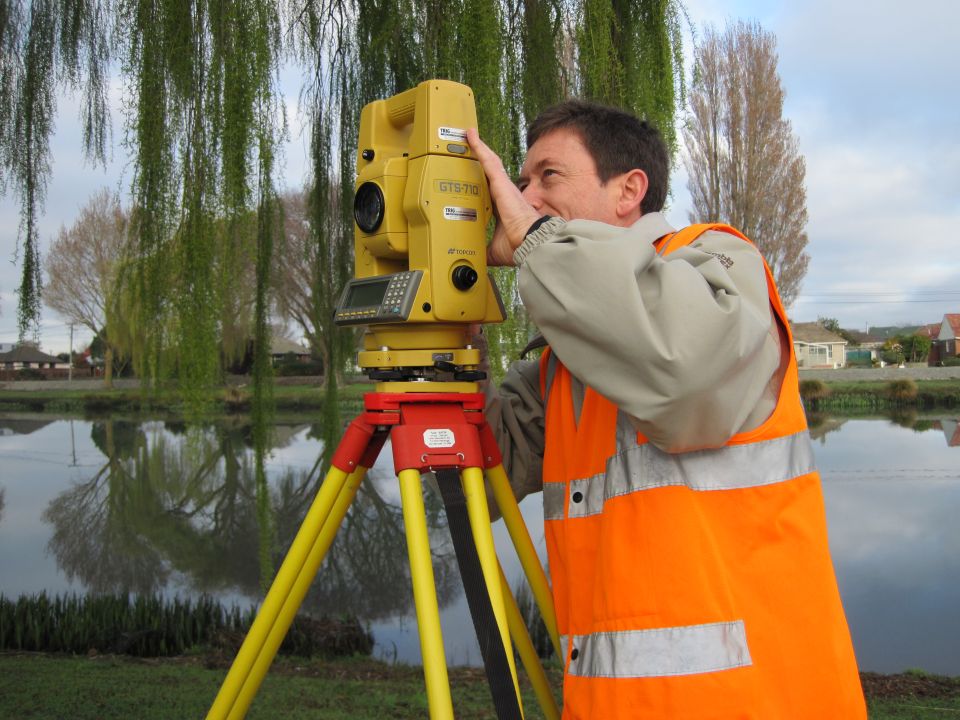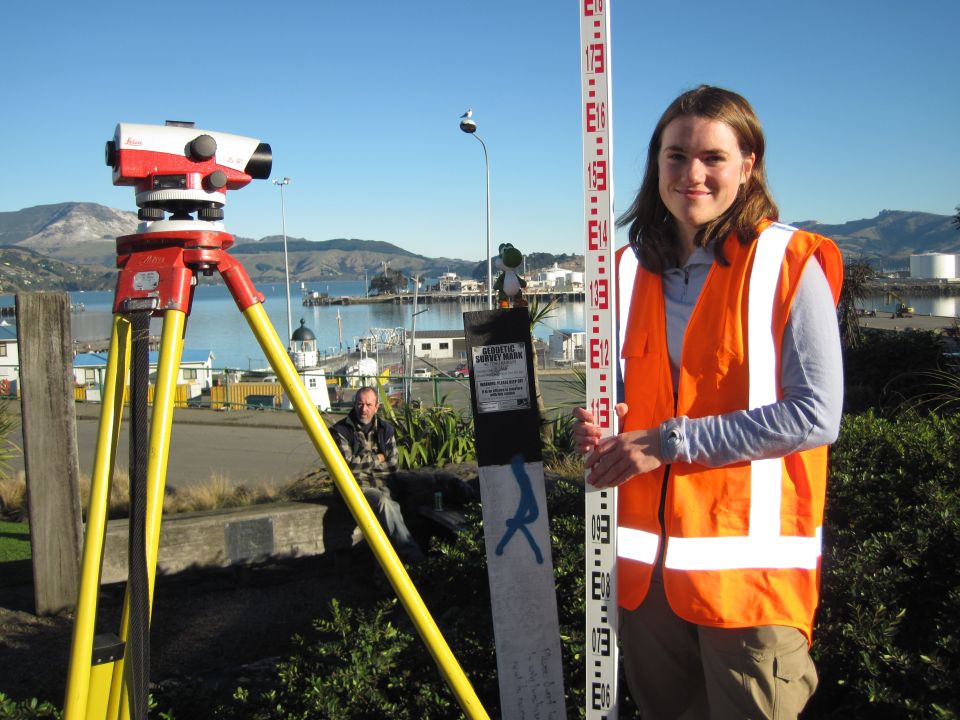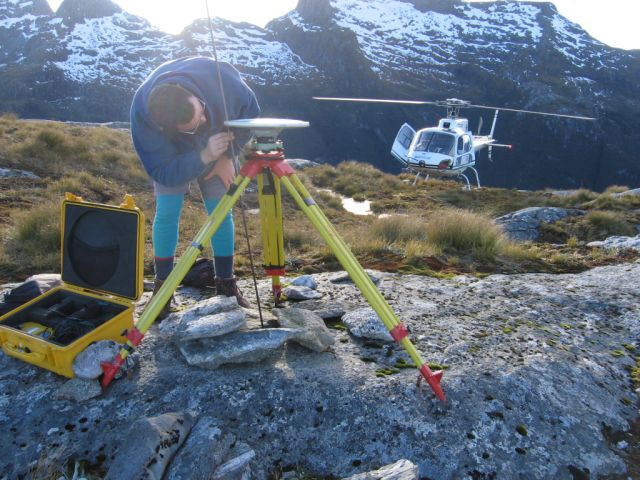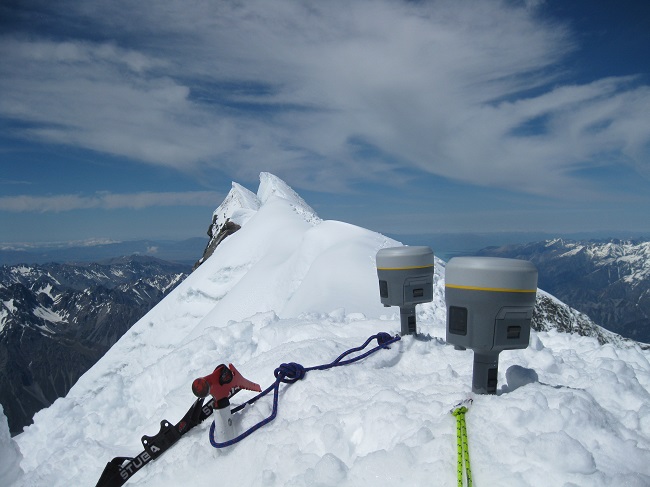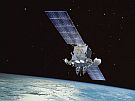For thousands of years people have needed to measure the land and set out areas for buildings. The best way to show this information is on a map. The first step in making a map is to collect geospatial data. Today surveyors do most of this work.
Surveyors are experts in measurement: they collect and use spatial information. Surveyors collect and use different sorts of geospatial data:
- the land, for example make a map showing how steep a piece of land is to help an engineer design a building
- property boundaries for example to find out how much land someone owns structures, for example help map and plan new buildings, roads and bridges etc.
- the shape of the Earth, for example collect information about things that happen globally such as changes in sea level
- underwater surveying, for example collect information about the bottom of the sea, harbours, rivers and lakes
- mining, for example collect information on the ground and underground before and during mining
 Once accurate geospatial data has been collected and recorded by surveyors, it can be shared in different forms:
Once accurate geospatial data has been collected and recorded by surveyors, it can be shared in different forms:
- topographical maps showing the ground with natural and man-made features for example rivers, mountains, roads, buildings
- specialised maps on almost anything, for example water and sewage pipes, property boundaries
- plans, for example subdivision plans
- nautical charts showing where things at sea are such as reefs and coast lines. They can also record information on tides and depth of water
What tools do surveyors use?
Surveyors use special tools to help them measure:
- laser scanning is used for 3D mapping
- theodolites are now electronic and are called 'total stations'
- GPS

